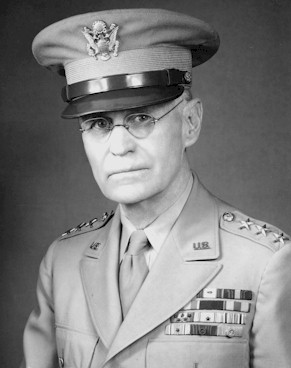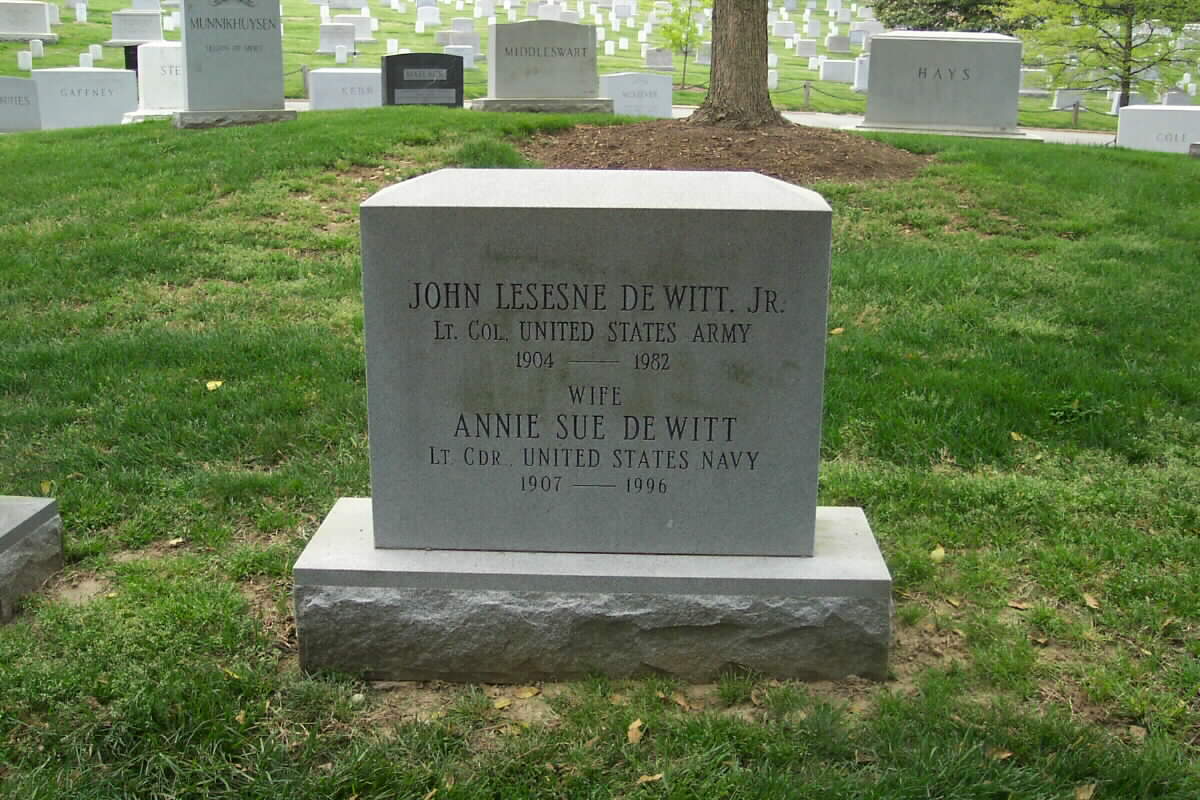Born at Fort Sidney, Nebraska, January 9, 1880, the son of Calvin DeWitt, and the brother of Calvin DeWitt, Jr. and Wallace DeWitt, he attended Princeton before gaining a regular Army commission in 1898.
A veteran of the Philippine Insurrection and Mexican Border service, he came to France in World War I as Quartermaster, 42nd (Rainbow) Division. In January 1918, he was made G-4 of I Corps and in July, G-4 of the First Army.
After the war, most of his service was involved with supply matters. In 1930, he was appointed Quartermaster General of the Army with the rank of Major General. Later was commandant of the Army War College and in 1939 took command of the Fourth Army and the Western Defense Command. In September 1943, he organized the Army-Navy Staff College, predecessor to the National War College.
In August 1944, when General Leslie McNair was killed in action, he went briefly to France as part of a deception plan to convince the Germans that the Allies intended to land in Pas de Calais area as well as in Normandy. He retired as a Lieutenant General in 1946.
Between March 1941 and September 1943, he commanded the Western Defense Area (the Western portion of the United States). During his tenure, a measure was undertaken in the Western states and provinces by the United States and Canada whereby a denial of constitutional rights to Japanese-Americans who were compelled to leave their homes. The Evacuation of these citizens was motivated by excessive fears in some of the military, a near-panic state in some parts of the civilian polulace on the West Coast and the gred of some special -interest groups who were in a position to profit from the property losses of these citizens. The enabling document, Executive Order 9066, places about 116,000 American citizens of Japanese ancestry under the supervision of the War Relocation Authority and they were moved to camps located in the states of California, Utah, Idaho, Arizona, Wyoming and Arkansas. As Army commander in the West, he made the recommendation for evacuation on December 9, 1941. It may be said for him only that he was aging and inclined to take counsel of his fears.
He died in Washington, D.C. on June 20, 1962 and was buried in Section 2 of Arlington National Cemetery. His son, John Lessesne DeWitt, Jr., Lieutenant Colonel, United States Army (1904-1982) and his wife, Annie Sue Dewitt (1907-1996) are buried in an adjacent gravesite.
Courtesy of the U.S. Army Quartermaster Museum:
Major General John L. DeWitt
28th Quartermaster General
February 1930-February 1934
John L. DeWitt was born at Fort Sidney, Nebraska on January 9, 1880. An appointment as a infantry Second Lieutenant on October 10, 1898. There followed twenty years of assignments within the Infantry as well as details to as Ordnance, Engineer, Signal, Commissary and Quartermaster officer in various postings in the US and overseas.
In 1918 he went overseas with the 42d Infantry Division. As a Lieutenant Colonel, he was detailed to the General Staff, Headquarters, American Expeditionary Force (AEF). In July 1918, he was promoted to Colonel and continued to serve as G-4 (Supply) for the 1st Army. For his exceptional service in World War I he was awarded the Distinguished Service Medal.
From 1919 to 1930, DeWitt served in a number of War Department positions to include Assistant Commandant of the General Staff College (1928-30); Chief of the Storage and Issue Branch, Supply Division; G-4 War Plans Division and Acting Assistant Chief of Staff, War Plans Division. As a Brigadier General commanded the 1st Brigade of the 1st Infantry Division and the 1st Brigade of the Philippine Division.
On February 5, 1930, General DeWitt became the Quartermaster General. In addition to the assumption of the routine duties of his new assignment, he was also responsible for completing and executing the plans for the Gold Star Pilgrimage to Europe of mothers and widows of the World War I dead. This unprecedented undertaking made possible by an act of Congress and delegated to the Office of The Quartermaster General, necessitated an efficient organization of emergency personnel as-well as sympathetic and judicious leadership. This task stretched over a period of four years. DeWitt was also responsible for outfitting 275,000 men for the Civilian Conservation Corps within a period of approximately seven weeks the quickest peace time mobilization on record.
After serving as Quartermaster General, DeWitt returned to the Infantry. In 1937, he was named commander of the Philippine Division and in July of that year he became Commandant of the Army War College. In December 1939, was promoted to Lieutenant General and commanded the 4th Army and the 9th Corps Area (Western Coast).
He commanded the Western Defense Command between December 5, 1939, and June 15, 1943. During this time he supervised the evacuation of Japanese and Japanese-American residents from the Western Coast and directed combat operations against the Japanese troops in the Aleutians. In September 1943, he became the Commandant of the Army and Navy Staff College in Washington. He retired from the Army in 1947.
General DeWitt was appointed to the rank of full General on 1954 by Congress for his service in World War II. He died of a heart attack at the age of 82 on June 20, 1962.
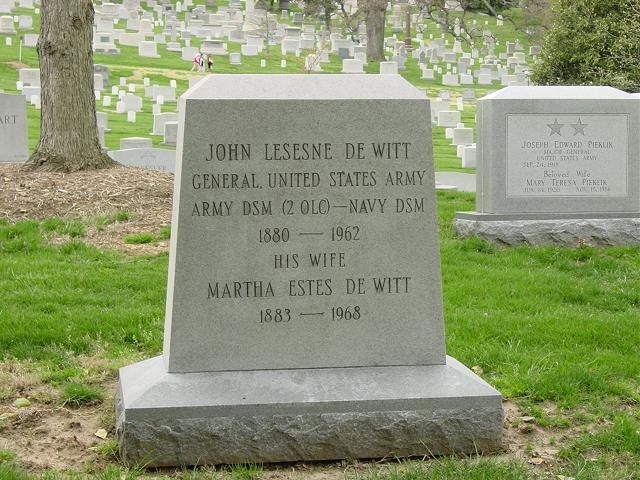
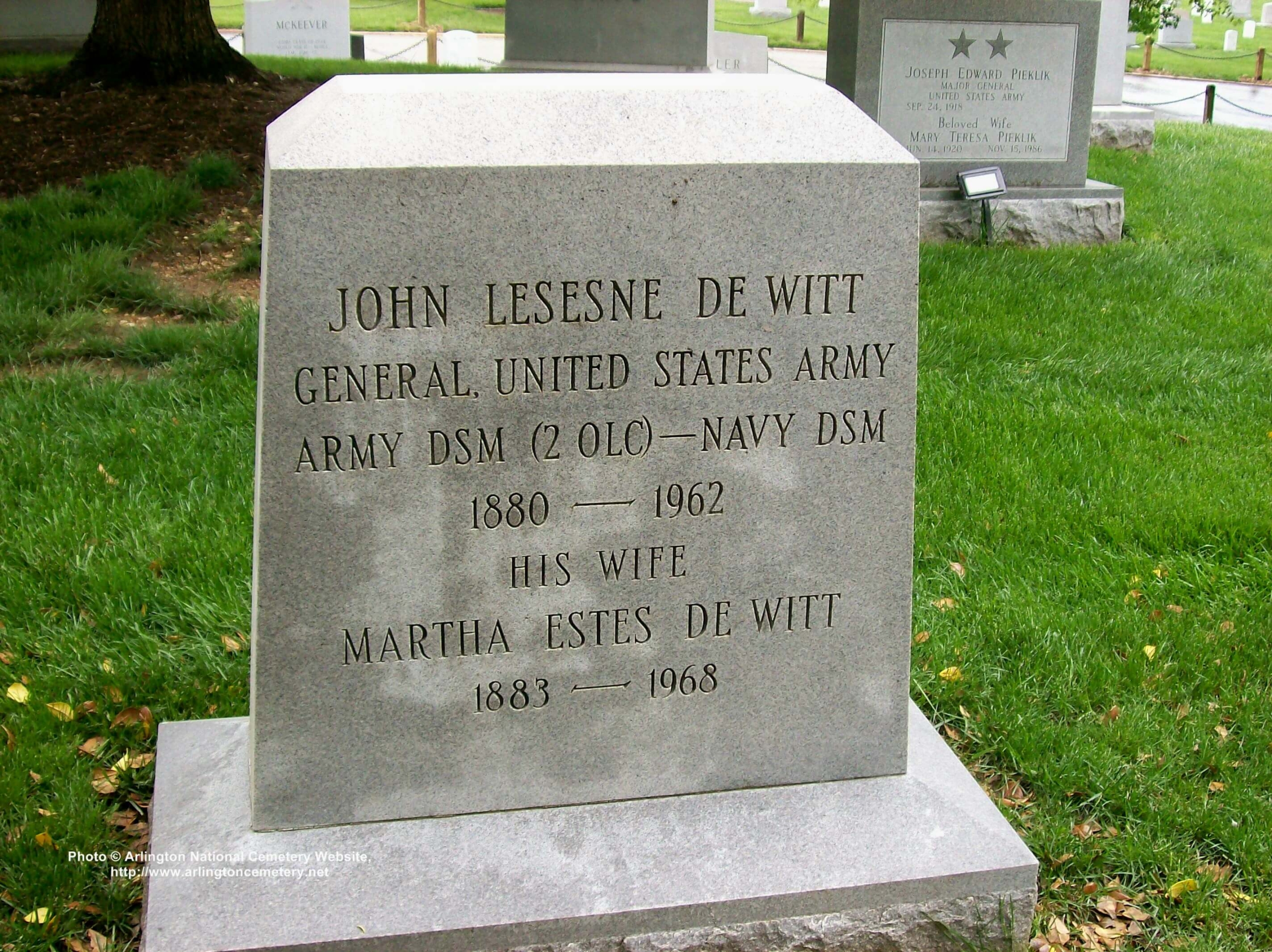
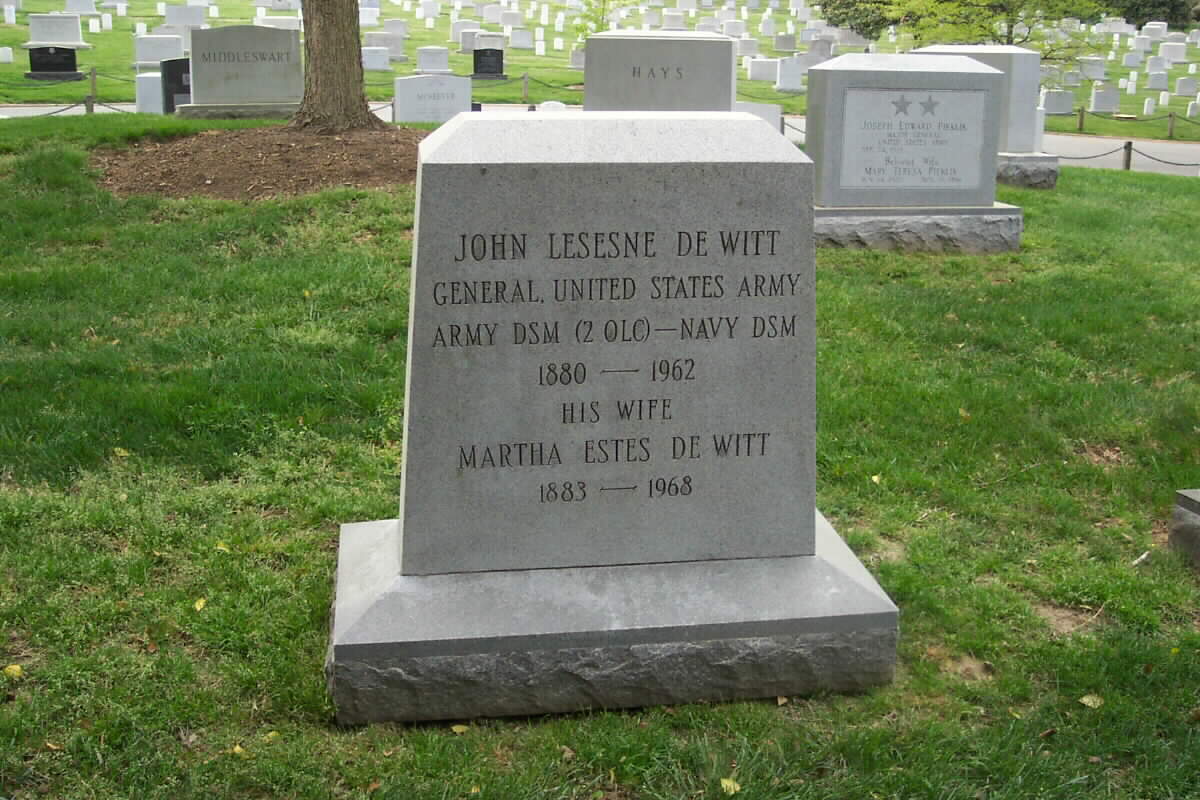
Michael Robert Patterson was born in Arlington and is the son of a former officer of the US Army. So it was no wonder that sooner or later his interests drew him to American history and especially to American military history. Many of his articles can be found on renowned portals like the New York Times, Washingtonpost or Wikipedia.
Reviewed by: Michael Howard

